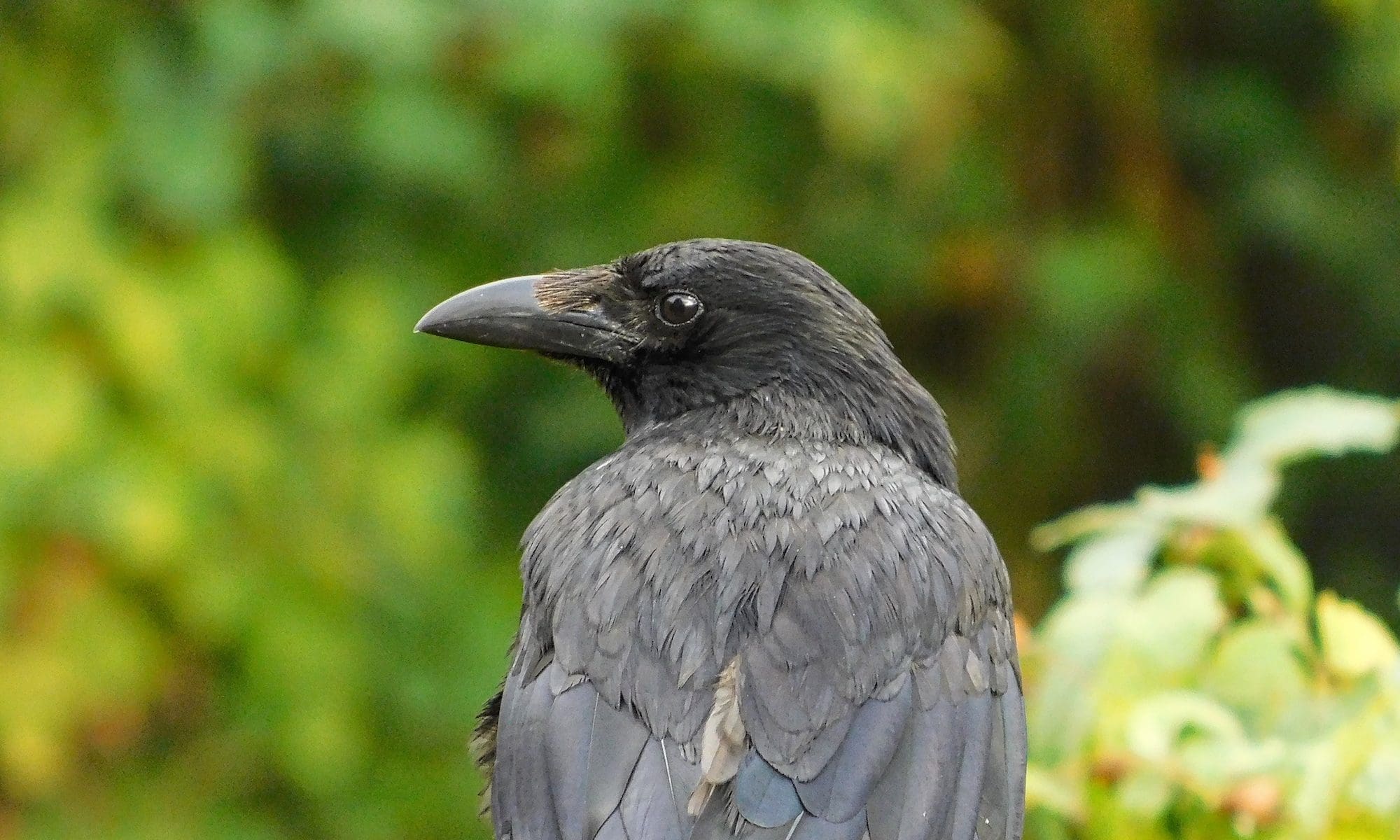Introduction
It is not always easy to tell when wild animals need our help, and when it is best to leave them alone. This blog post and the included flowcharts are thought to be a rough guide for situations where no expert advice and help is at hand immediately. If you have found an orphaned, injured or poorly bird, then please read the guidance provided here in this blog post together with the FLOWCHARTS No1 and No2 and follow the instructions given there.
It is important to note that specific features of hatchlings, nestlings, fledglings and juvenile birds can vary significantly among different species. Each bird species has its own unique characteristics and growth patterns. So, if you are trying to identify a specific bird, it is helpful to consult field guides, online resources or seek expert advice to accurately identify the species based on its distinctive features.
Continue reading “How to Help an Orphaned, Injured or Poorly Bird”









